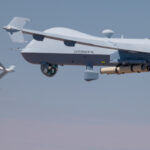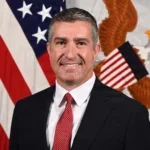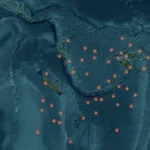
DULLES, Va.—The traditional cyber mission space for the Defense Department has been around protecting networks and industry’s role here has been helping by supplying expertise but with the ongoing standup of the first Cyber Mission Forces and the Pentagon’s new cyber strategy there will likely be demand for cyber weapons that military commanders will want to bring to the fight, a Raytheon [RTN] official said on Friday.The demand for expertise and training help from industry will continue “but I think…

 By
By 











